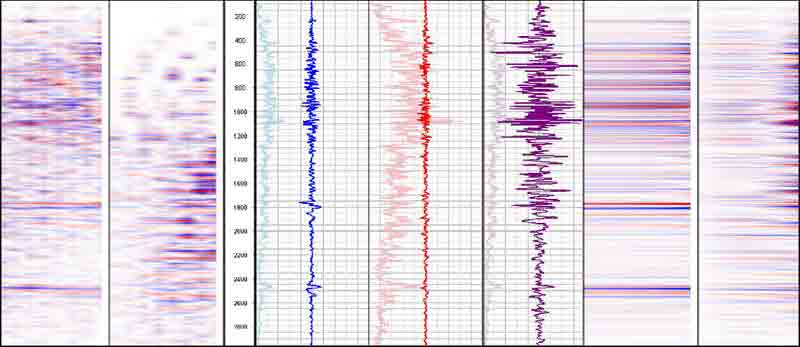Offshore Mozambique
Multiclient data library
License an extensive library of 2D and 3D seismic data covering the entirety of offshore Mozambique.

A flexible joint inversion scheme enables a range of P-wave and S-wave data to be combined for different inversion goals. Analyzing the results from independent datasets provides additional value and reduces risk and uncertainty. For example, joint PP-PS inversion
Independent poststack inversion can be used as a detailed check of the event correlation or as a deliverable. PS data can be inverted directly or after transformation to S reflectivity. For wide-azimuth geometries, the AVO attributes can be analyzed for azimuthal variation. An additional refinement of standard shear-wave splitting inversion can be used to show the direction and degree of tilt in tilted fracture sets.
Schlumberger offers a range of AVO and inversion technologies for conventional P-wave and joint PP-PS datasets.
